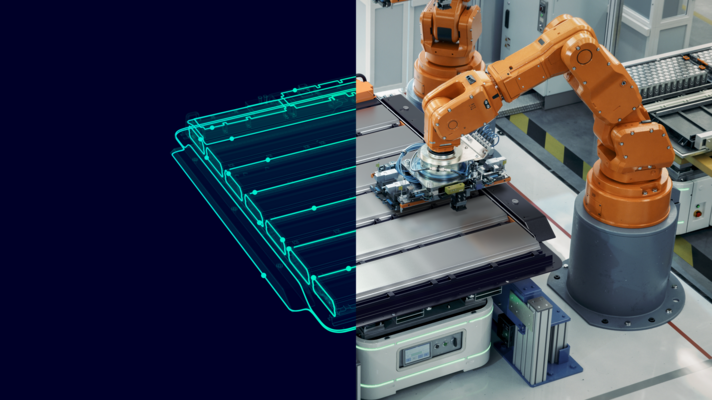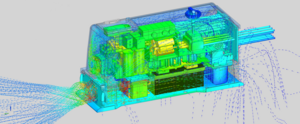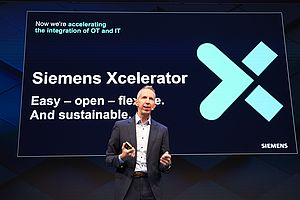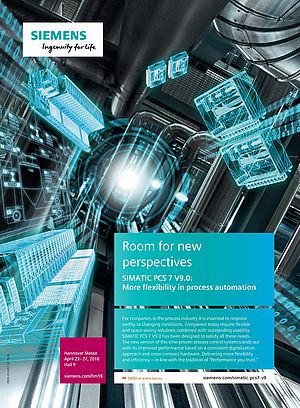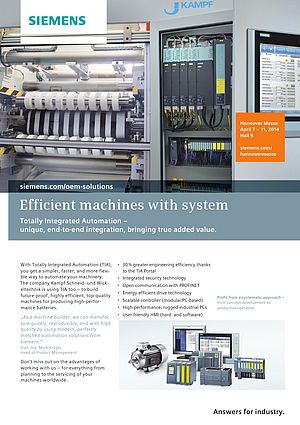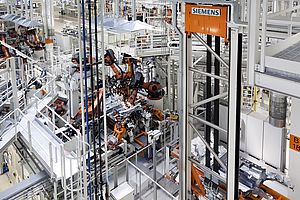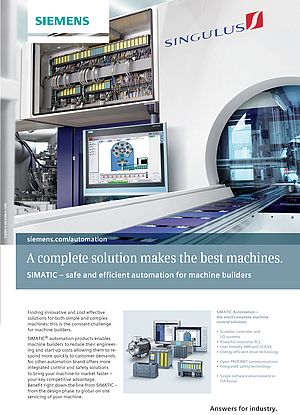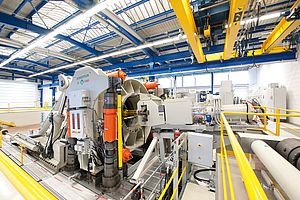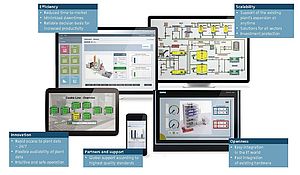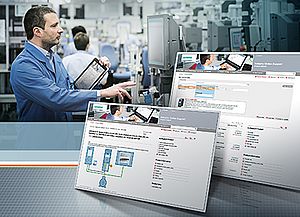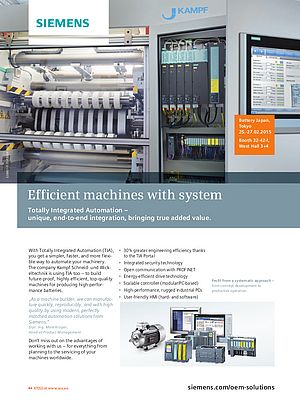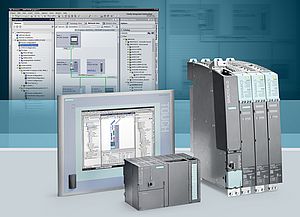Small and medium businesses (SMBs) and start-ups often face a similar set of business challenges: limited cashflow or capital, small staff, shortage of technical resources such as IT or computing expertise, remote workers and contractors, supply chain and partnership limitations, lack of deep engineering expertise, etc., which impact the future and success of the business. In addition to all these challenges they must adapt quickly to changing customer requirements and volatile business conditions. This makes adopting a digital transformation strategy to implement a multi-engineering approach across the entire product ecosystem particularly crucial to start-ups and SMBs. Startups often must scale their business quickly for investment funding opportunities, whereas SMBs are under constant pressure to deliver innovative products quickly with limited resources to stay ahead of competitive threats. Digitalization with real-time data tracking to ensure successful product delivery enables SMBs to quickly respond and adapt to real-time market conditions in an ever-changing global economy of rapid technological innovation.
The comprehensive digital twin drives faster innovation The foundation for a company’s digitalization strategy is the digital twin – commonly understood as a virtual representation of a physical object or product. The virtual representation may include design, simulation, and other models that evolve and change over time along with the maturation of the product, process, or other physical object it represents. This concept of the digital twin, however, is too limited to address the challenges facing companies today.
To overcome the challenges ahead, SMBs must adopt a much broader concept of what the digital twin is and what it can do. A comprehensive digital twin (CDT) encompasses all cross-domain models and data, from mechanical CAD and CAE to software code, bills-of-materials (BOM), bills-of-process, and more. It offers a precise virtual representation of the product or process flow that matches the exact physical form, functions and behaviour of the product and its configurations. And as part of a digitalization strategy, it participates across the product and process lifecycle to simulate, predict, and optimize the product and production system used to create the product.
The CDT continues to evolve and mature along with the product as functions are refined, simulations are completed, test results gathered, and design changes are implemented. Through digitalization it is connected to the Internet of Things (IoT) and cloud-based data analytics, and into a closed-loop feedback mechanism between the product design, the production system, and the product in the field. This creates an integrated system to validate, compare, and optimize behaviour between the physical assets and the comprehensive digital twin.
This delivers benefits in the short term while also driving ongoing advantages as data re-use can help to accelerate design assessments and trade-off analyses, leading to faster decisions. Moreover, digitalization with the CDT at its foundation enables companies to design, build and optimize next-generation products faster and cheaper than ever, with fewer prototypes, fewer tests, and less waste during production. These benefits can give SMBs a distinct competitive advantage and help meet customer demands for greater performance and smarter features. It can also help overcome the challenges of growing complexity, smaller workforces, and the need for sustainable designs.
Benefits of Software as a Service (SaaS) for SMBs
While the benefits seem obvious, traditionally, the cost of the product lifecycle management (PLM) software required to implement a digital transformation strategy was out of reach for many SMBs. Today, SMBs can adopt PLM software more affordably with SaaS, a cloud-based software subscription model that provides applications to end-users via an internet browser. SMBs that subscribe to SaaS have immediate access to powerful software tools that had previously been too expensive, or too extensive to run from on-premises offices. With the benefits of scalability and flexibility, SaaS provides the right software tools when and where needed in the organization, eliminating significant upfront hardware or software investments.
Leveraging the connectivity inherent in SaaS and cloud-based technologies, SMBs can focus on innovative product development and optimization instead of an IT infrastructure, while reaping the key benefits of a cloud-based PLM solution that all company employees (including remote workers and contractors) and their supply chain can access for cloud-ready, secure, and connected tools. And, as they continue to mature their digitalization strategy, having data preloaded in the cloud environment also sets the stage to implement key technologies like AI, which can use this data to automate mundane tasks and eventually even generate new parts based on data from previous models.
These key benefits can include increased productivity, reduced IT and operational costs, improved uptime and reliability, remote workforce flexibility, SaaS security and data recovery, and a reduction in the company’s overall carbon footprint.
Getting started with digital transformation
Digitalization solutions combined with automation, everything SaaS, and even low- or no-code technologies are now more accessible to SMBs than ever before. The availability of PLM software solutions with preconfigured engineering and business templates – including all of the PLM engineering essentials that SMBs and start-ups require from MCAD, ECAD and multi-CAD engineering and data management, make it easy to get started. These templates, which include everything from BOM and document management, through manufacturing process and data management to ensure comprehensive end-to-end connectivity and collaboration with all their stakeholders, partners, and suppliers, can help SMBs mitigate risk, shorten learning curves, and solve critical design through manufacturing challenges quickly and confidently so they can focus on innovation and time-to-profit targets. Innovative SMBs can immediately leverage digitalization through SaaS to gain a competitive advantage
Author: Rahul Garg, Vice President for Industrial Machinery and SMB at Siemens Digital Industries Software


